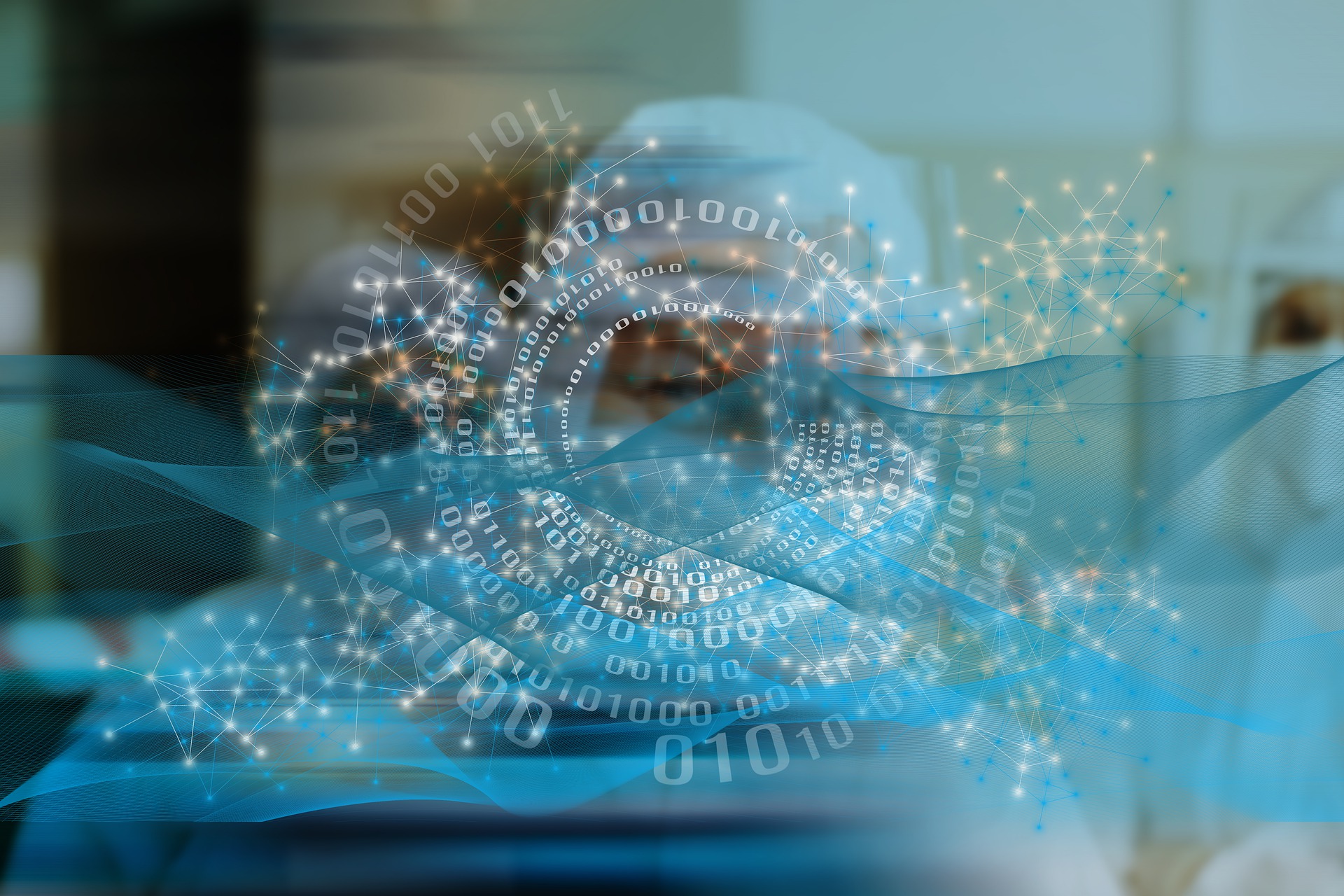
Labs are becoming digitally empowered ecosystems where data, processes, and collaboration converge to drive innovation. Transitioning to a “lab of the future” is no longer optional; it’s a necessity for staying competitive, improving efficiency, and delivering breakthroughs. This transformation starts with digitalizing your lab.
What is a Lab of the Future?
A lab of the future is a data-driven, technology-enabled workspace that leverages advanced tools such as artificial intelligence (AI), automation, cloud computing, and the Internet of Things (IoT). These labs are designed to streamline workflows, enhance collaboration, and maximize data utilization, ultimately accelerating research and innovation.
Why Digitalize Your Lab?
1. Efficiency and Productivity Manual processes and siloed data systems slow down operations. Digitalizing your lab automates routine tasks, integrates disparate systems, and provides real-time access to data, allowing scientists to focus on high-value activities.
2. Enhanced Data Management With the explosion of data in fields like genomics, proteomics, and pharmaceutical research, managing and analyzing data efficiently is critical. A digital lab centralizes data storage and employs advanced analytics, turning raw data into actionable insights.
3. Compliance and Traceability Regulatory compliance is a major challenge, especially in industries like pharmaceuticals and biotechnology. Digital solutions ensure traceability, maintain audit trails, and simplify adherence to standards like FDA 21 CFR Part 11 or ISO certifications.
4. Collaboration and Connectivity Global teams require seamless communication and data sharing. A digital lab facilitates collaboration by connecting researchers and integrating data from different sources.
5. Scalability and Innovation Digitalization prepares your lab for future technologies. Whether it’s adopting AI for predictive analytics or incorporating IoT-enabled devices, a digital lab is ready to scale and innovate.
Steps to Digitalizing Your Lab
Step 1: Assess Current Capabilities Start by evaluating your lab’s current infrastructure, workflows, and technology stack. Identify bottlenecks, inefficiencies, and gaps in your data management processes.
Step 2: Define Your Vision Establish clear goals for your lab of the future. Do you want to accelerate research timelines, improve compliance, or enhance collaboration? A well-defined vision will guide your digital transformation strategy.
Step 3: Build an Informatics Strategy Your informatics strategy should outline how you will implement and integrate technologies such as Laboratory Information Management Systems (LIMS), Electronic Laboratory Notebooks (ELNs), and data analytics platforms. Choose solutions that align with your lab’s specific needs and future objectives.
Step 4: Invest in Automation and IoT Automation is a cornerstone of the lab of the future. Automate repetitive tasks like sample preparation, data entry, and analysis. IoT-enabled devices can provide real-time monitoring and data collection, creating a connected laboratory ecosystem.
Step 5: Implement Cloud Computing Cloud-based solutions enable scalable data storage, secure access, and real-time collaboration across global teams. They also reduce infrastructure costs and improve disaster recovery capabilities.
Step 6: Leverage Artificial Intelligence and Machine Learning AI and machine learning algorithms can process vast datasets to identify patterns, predict outcomes, and optimize experiments. These tools are particularly valuable in drug discovery, quality control, and predictive maintenance.
Step 7: Train Your Team Technology alone doesn’t make a lab of the future; the people using it do. Invest in training programs to upskill your team and ensure they can effectively use new tools and technologies.
Step 8: Partner with Experts Digital transformation is a complex process. Collaborating with experienced partners who specialize in laboratory informatics can help you navigate challenges, implement best practices, and ensure a successful transition.
Key Technologies for the Lab of the Future
1. Laboratory Information Management Systems (LIMS) LIMS streamlines data management, sample tracking, and regulatory compliance, serving as the backbone of a digital lab.
2. Electronic Laboratory Notebooks (ELNs) ELNs replace paper notebooks, enabling digital data capture, collaboration, and searchability.
3. Data Analytics and Visualization Tools Advanced analytics platforms and visualization tools turn raw data into insights, driving decision-making.
4. Artificial Intelligence (AI) AI enhances data analysis, predictive modeling, and process optimization, delivering insights that were previously unattainable.
5. IoT and Smart Devices IoT devices enable real-time data collection, monitoring, and connectivity between instruments and systems.
6. Automation From robotic arms to automated workflows, automation reduces human error and increases throughput.
7. Cloud Computing Cloud platforms provide scalable storage, remote access, and real-time collaboration capabilities.
Challenges in Digital Transformation
1. Resistance to Change Introducing new technologies can be met with skepticism. Change management strategies, clear communication, and training can ease this transition.
2. Integration with Legacy Systems Many labs rely on outdated systems that may not be compatible with new technologies. A phased approach to integration is essential.
3. Data Security and Privacy Digital labs handle sensitive data, making cybersecurity a top priority. Implement robust data protection measures and ensure compliance with data privacy regulations.
4. Cost and Resource Allocation Digital transformation requires upfront investment. However, the long-term benefits—improved efficiency, reduced costs, and accelerated innovation—far outweigh the initial expenses.
Realizing the Potential of Your Lab of the Future
Digitalizing your lab is a transformative journey that redefines how you conduct research, manage data, and collaborate globally. The lab of the future is not just about adopting the latest technology; it’s about creating a dynamic environment where innovation thrives, efficiency improves, and groundbreaking discoveries are made possible.
We specialize in guiding labs through every step of this transformation. From strategy development to technology implementation, we help you unlock the full potential of your lab, ensuring you’re ready for the challenges and opportunities of the future.
Take the first step today and reimagine what your lab can achieve.
Follow LabExecutive to get more insights
